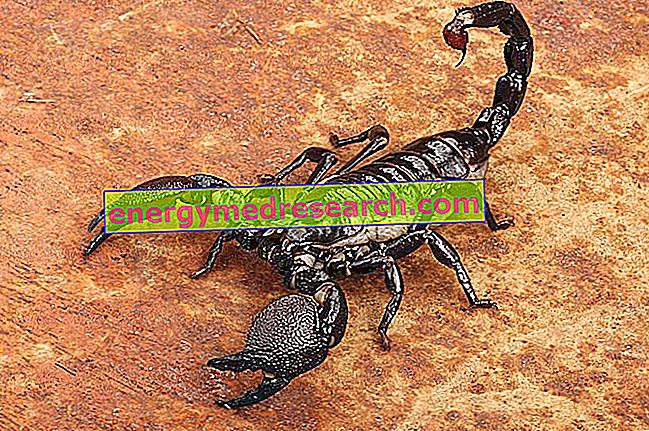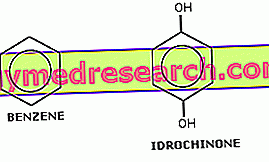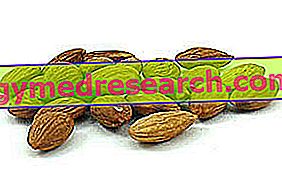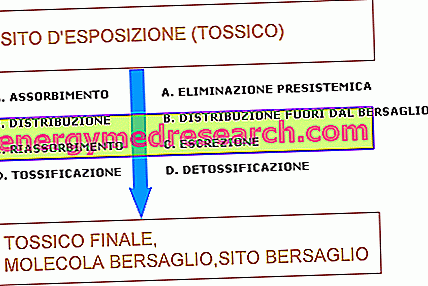The scorpion species present in Italy are relatively harmless to humans. However, a minimum of attention must be paid, as their puncture can cause particularly intense pain, itching, swelling, increased skin temperature, numbness or tingling of the affected part (the symptomatology is similar to that caused by the sting of a wasp)
Category toxicity and toxicology
Hydrogen cyanide (HCN), once known as prussic acid, is a colorless, volatile and extremely poisonous liquid, recognizable by the strong odor of bitter almond. Hydrocyanic acid, freely absorbed from the intestine, from the skin and from the alveoli, owes its venomic power to the ability of the cyanide ion (CN-) to bind to the ferric atom present in the cytochrome oxidases, preventing it from carrying out the related biological actions
Benzene must undergo a bioactivation process to have a toxic activity. The metabolites responsible for the toxic and carcinogenic action are free radicals. Free radicals (especially oxygen free radicals) are energetically unstable and highly reactive molecules. Benzene undergoes the oxidation reaction by the hepatic microsomal system, and then by the cytochrome P450, with the introduction of two hydroxyl groups - OH
The aromatic amines can be formed in the acidic environment of the stomach following an incorrect cooking of foods. The methods of cooking incriminated are the grilled methods. In fact, roasted cooking and grilled cooking lead to the formation of aromatic amines, which due to the metabolic actions at the cytochrome P450 level give rise to a toxic but carcinogenic metabolite
Among all the substances belonging to the category of cyanogenic glycosides, amygdalin is undoubtedly the most common and representative. Like the other members of this group, it has the ability to originate hydrocyanic acid when subjected to enzymatic hydrolysis. Amygdalin, in particular, undergoes the action of B-glycosidases, releasing two molecules of glucose, a molecule of benzaldehyde and a molecule of hydrocyanic acid
The Polycyclic Aromatic Hydrocarbons can easily be found in many products, such as in exhaust gases, cigarette smoke, smoked foods and grilled meat. The molecule considered is benzopyrene. This molecule is very complex and undergoes the oxidation reaction by cytochrome P450. The result of this oxidation is the formation of epoxides at the level of a benzopyrene ring
Like drugs, within the organism also xenobiotics undergo biotransformation processes, which aim to make them more water-soluble and facilitate their elimination. Following the various biotransformation processes, operated by numerous enzymes (Phase 1 and Phase 2), and their activation, xenobiotics can have different fates: excreted as such (for example ethyl ether); inactive excretions; still active excretions (such as anthraquinone glycosides or anthraquinones); transformed into toxic or very toxic compounds; Some examples of biotransformation are now made
Remaining on the subject of xenobiotic metabolism, we now go on to illustrate the metabolism of a compound used in agriculture as an insecticide fumigant, in chemical industries for the production of dyes and in pharmaceutical industries. The compound taken under observation is DIBROMOETHANE . This compound is metabolized by conjugation with glutathione
Let us now analyze the ways in which environmental pollutants can reach the human body through the food chain. WHAT IS BIOACCUMULATION? Bioaccumulation means the accumulation of xenobiotics, including their lipophilic metabolites, which can be found in the food chain. These substances can be deposited in the adipose tissue and in the central nervous system (CNS)
Parathion is an organophosphorus pesticide. Organophosphorus substances are substances that block the enzyme responsible for the degradation of acetylcholine (Ach). Parathion, as such, fails to interact with the enzymatic site of acetylcholinesterase, so it needs activation or bioactivation by liver enzymes, to become Paraoxon
The xenobiotico, to carry out its action, must come into contact with our body through ingestion, contact or inhalation. Once inside the body it must undergo a series of steps before reaching the target site. In the figure above the passages that the xenobiotic must undergo are reported. On the left, in particular, the various passages that serve the toxic to illustrate their dangerous action in the organism are illustrated











